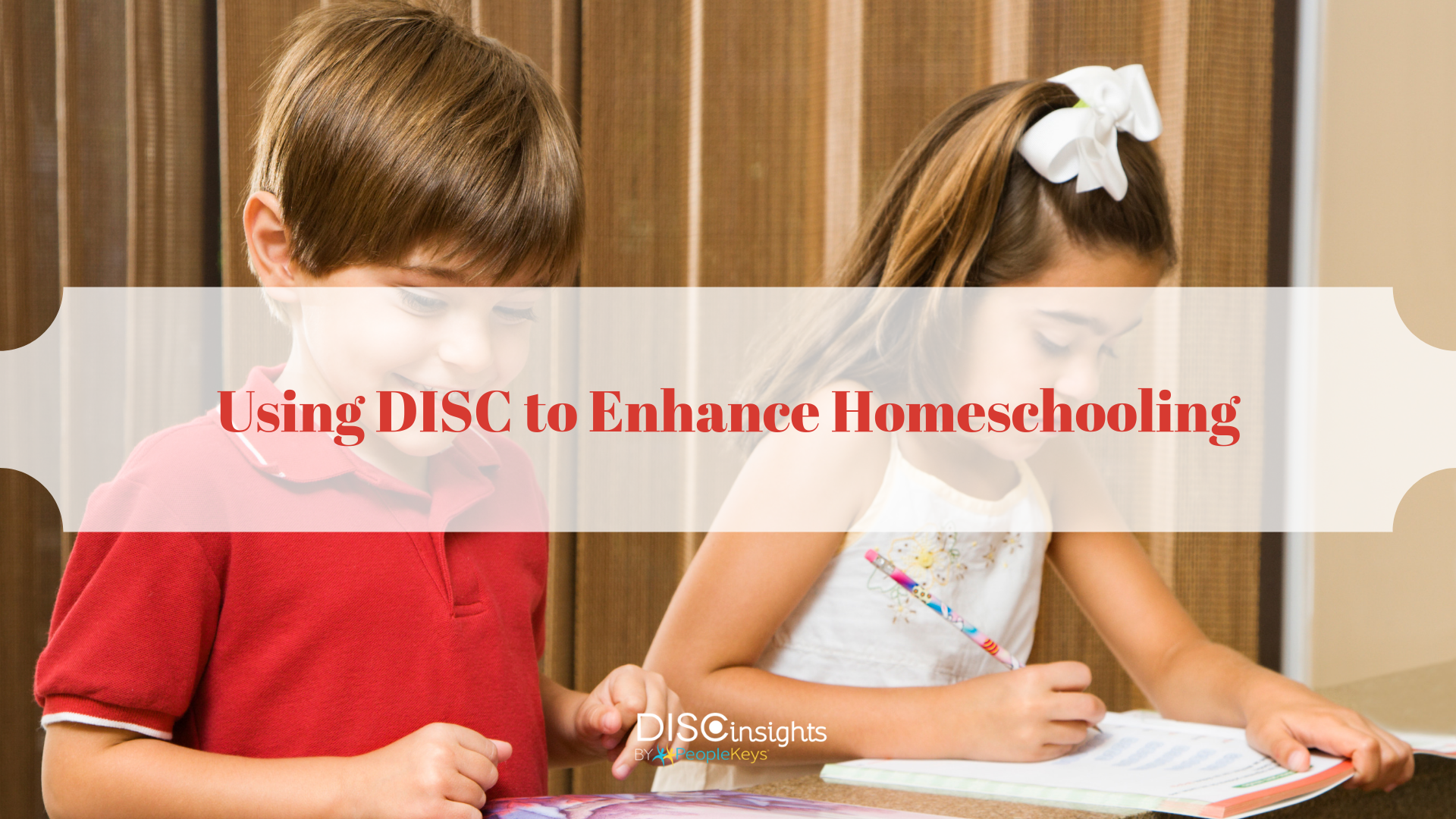- SHOP BY PRODUCT
- DISC TRAINING & CERTIFICATION TOOLS
- DISC RESOURCES
- BLOG
- SHOP BY PRODUCT
- DISC TRAINING & CERTIFICATION TOOLS
- DISC RESOURCES
- BLOG
- ALL ITEMS



Few things are more satisfying than watching children grow and learn. Parents who homeschool not only get to see their children’s personalities blossom and solidify, but also get a front-row seat to witness how their children absorb what they’re taught rather than relying on a teacher’s assessment or opinion. When all teaching takes place at home, parents can immediately gauge their children’s strengths and weaknesses in the classroom.
Identifying children’s learning styles is as simple as completing the Children’s DISC assessment. From there, parents can target lessons and teaching tools to each child’s personality, strengths, and preferred methods of learning. Here are some ideas to jump-start the creative learning process with a personality-based approach.
If your child scores high in the dominant (D) sector, they are confident learners who relish concrete results and new opportunities. They would naturally see the big picture, however will need help focusing on details. Motivated by competing and winning, they thrive on accepting challenges and finding solutions to problems. A natural leader, they are capable of teaching younger children something they excel at. Give them puzzles to solve or a set of math problems to complete in a limited amount of time to enhance their natural problem-solving ability, and place them in situations in which they must collaborate with others to help them learn to take others’ opinions into consideration.
A child who is influential (I) is enthusiastic and optimistic, and enjoys collaborating with others. This child is naturally democratic and sociable, favoring group activities and open relationships. They enjoy being able to influence and persuade others but need help staying focused on a task until completion. Let them take the lead on group projects that involve in-depth research so they can learn to follow through and stay committed to a long-term task. Do not forget to make it fun for them and include more game-based learning in their agenda.
Often described as calm, patient, and dependable, the steady (S) child thrives on cooperation. Naturally loyal, helpful, and non-confrontational, this child will resist being rushed to complete a task, can be indecisive, and fears change and a loss of stability. Help them learn to become more confident and less fearful of conflict by assigning them work that requires them to voice and defend their opinions, such as analyses of literary works and historical events.
The High “C” child prefers working alone and is highly focused on details and accuracy. They approach tasks systematically and enjoy opportunities to gain as much knowledge as possible about subjects that interest them, often becoming an experts in those areas. In marked contrast to the dominant child, they sometimes miss the forest for the trees. Give them projects that require thinking on a large scale, as well as working with a partner or group so they learn to collaborate with others and let go of their perfectionism.
Children’s personalities and learning styles certainly aren’t carved in stone and can change as they mature, but knowing what makes your children tick gives you—their first and best teacher—a head start in offering an effective education and an enduring love of learning. Check out how personalities develop from birth to adolescence in our DISC Baby Facts blog.

© PeopleKeys. All Rights Reserved
WORKING DAYS/HOURS
Mon - Fri / 8:30AM - 5:00PM EST
